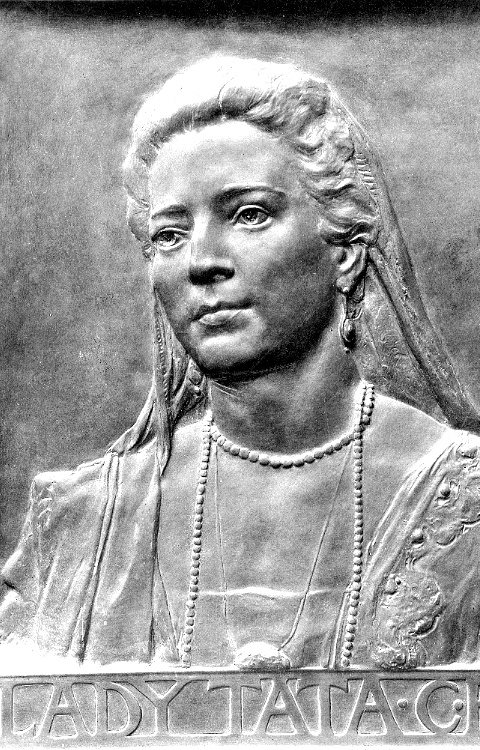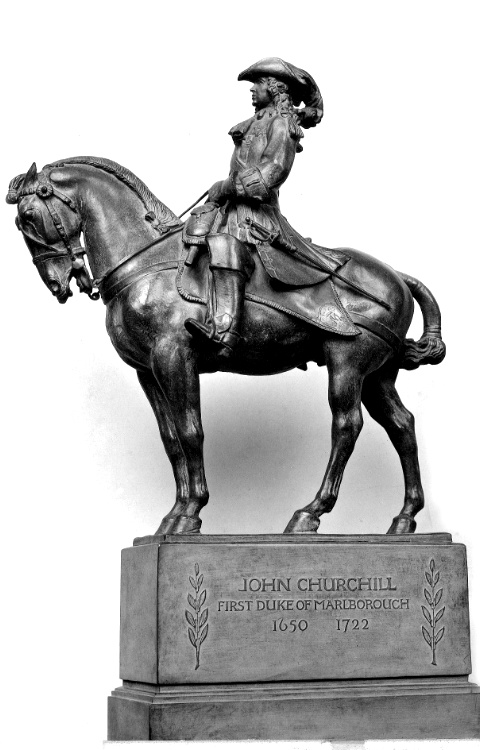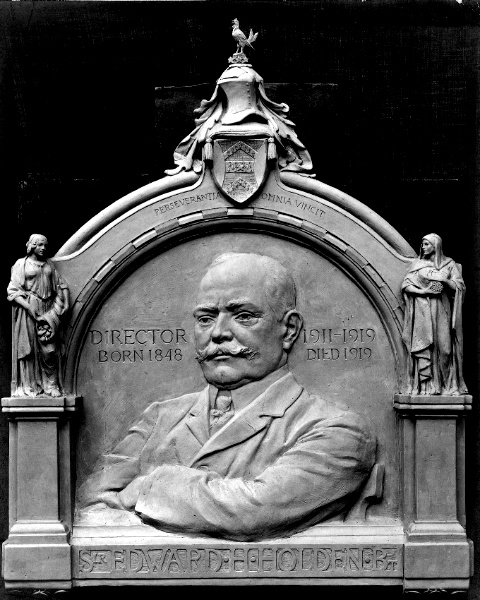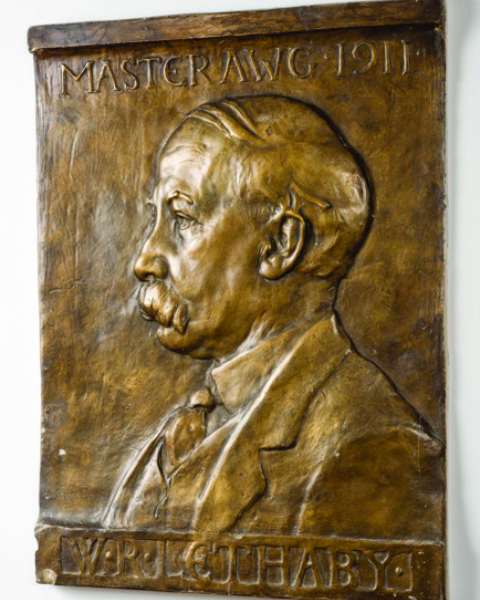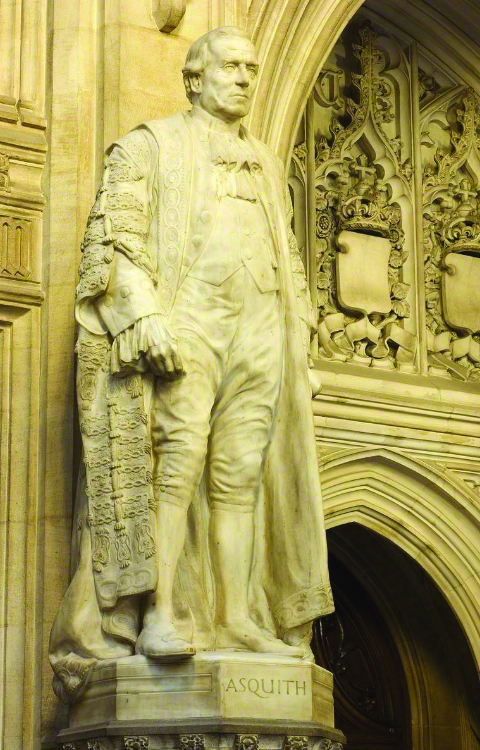Portrait Sculpture
In 1899, Gilbert Bayes executed his first portrait sculpture, which was a marble bust of Sir Richard Moon, Chairman of the London and North Western Railway. After 1900, as his reputation grew, commissions became more numerous, not least to commemorate men and women who had achieved distinction in their lives. In 1902/3 he executed two commissions, the first for Dr David Yellowlees of Gartnaval Hospital, to mark his retirement that year, and the second for philosopher and Hellenist, Robert Adamson, who had died in 1902, which was commissioned by Glasgow University in a bronze relief. Also in 1903 he undertook a commission, in bronze relief for the Italian scientist who had invented the electric battery, Count Alesandro Volta (1745-1827). An elaborate relief of Professor Henry Sidgwick followed in 1905.






